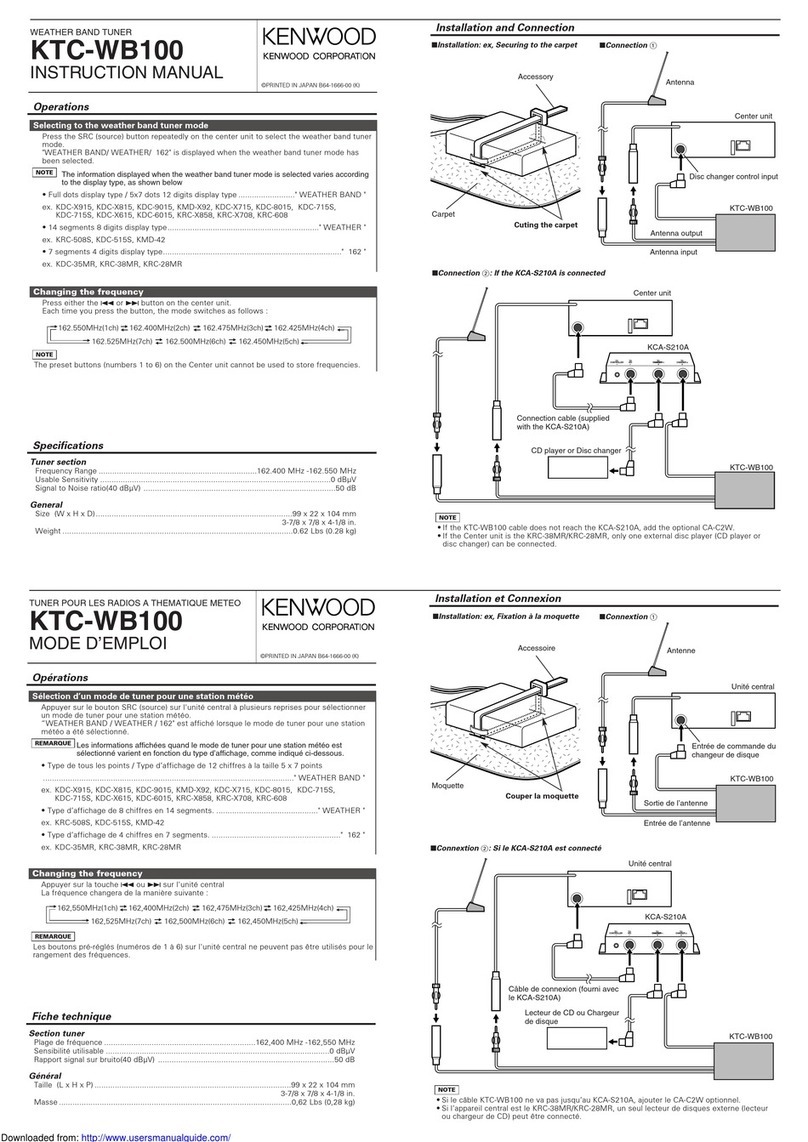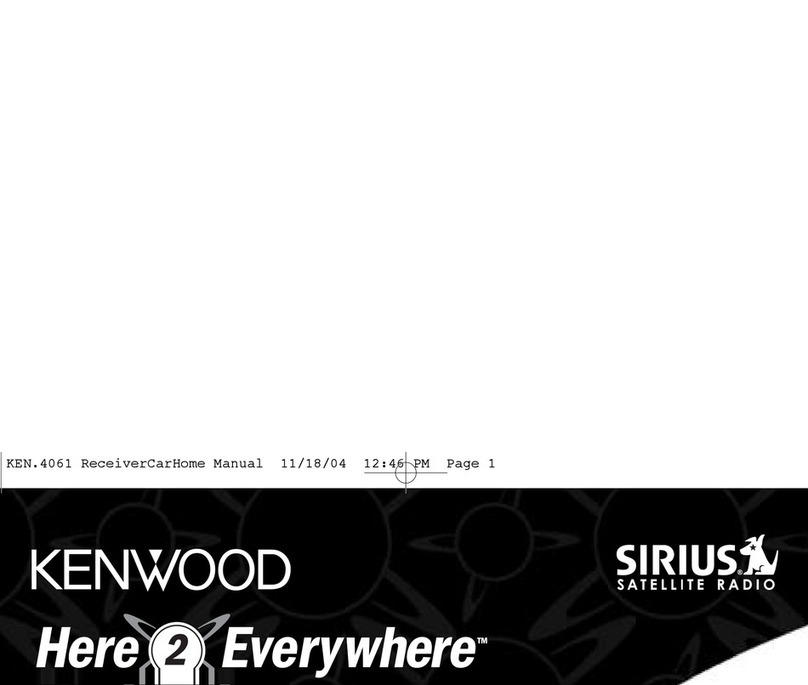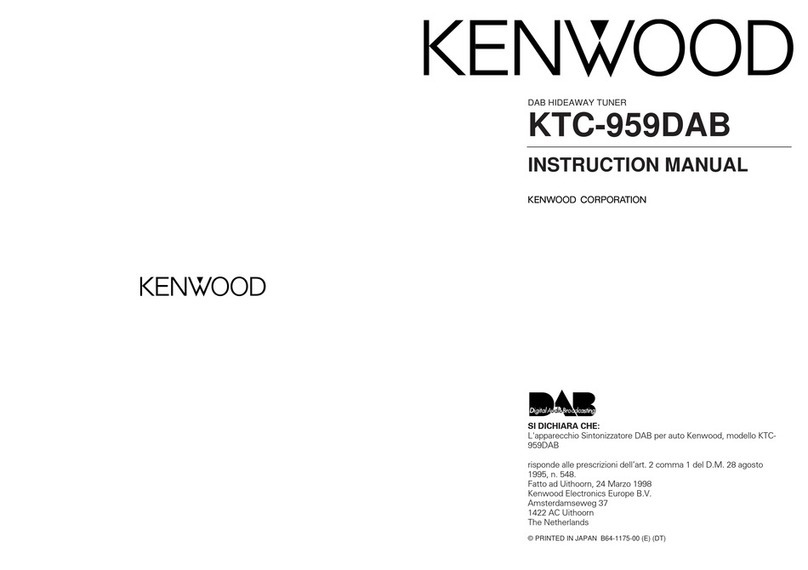Kenwood T-91 User manual
Other Kenwood Tuner manuals

Kenwood
Kenwood KT-87 User manual
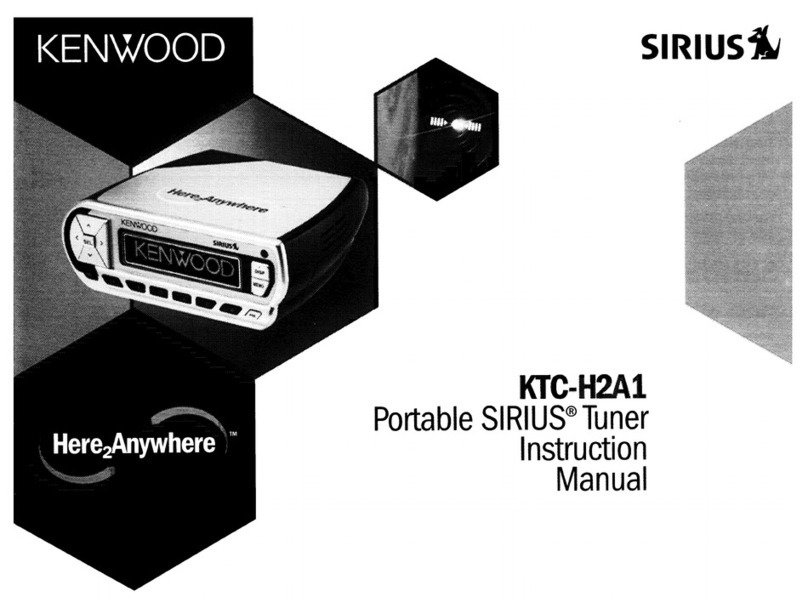
Kenwood
Kenwood KTC-H2A1 - Here2Anywhere Sirius Radio User manual
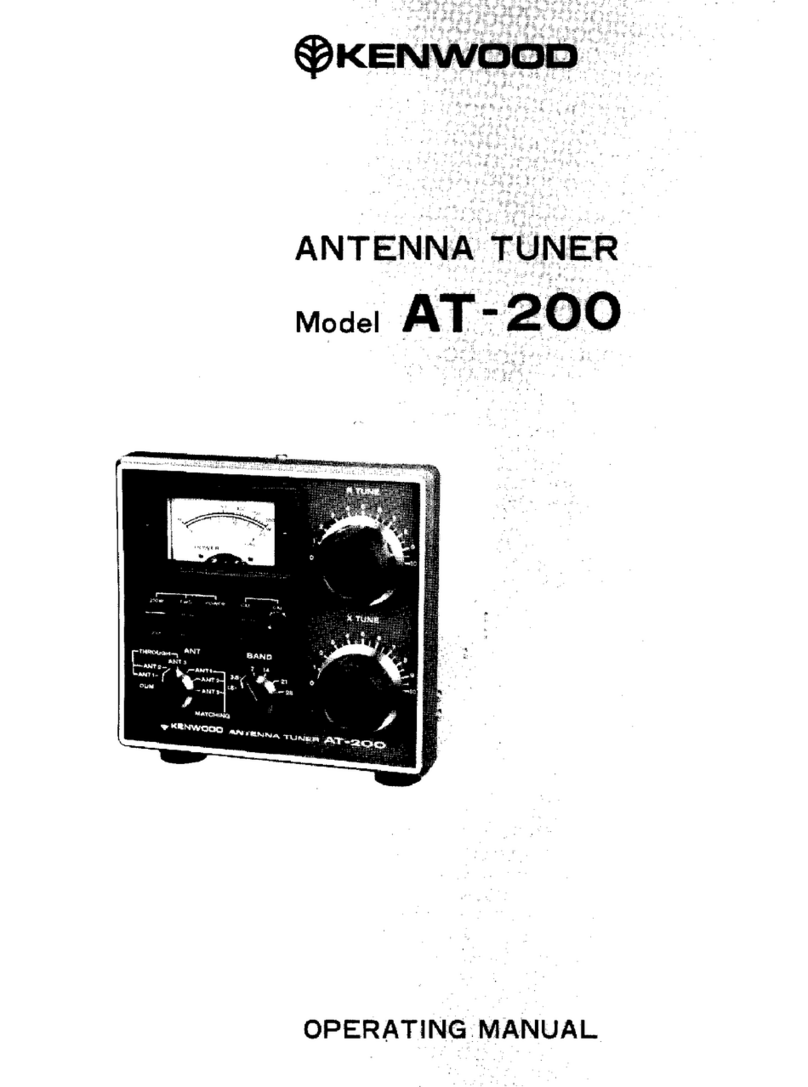
Kenwood
Kenwood AT-200 User manual
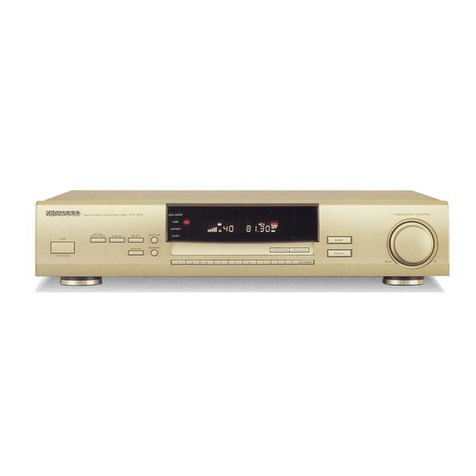
Kenwood
Kenwood KTF-2010 User manual

Kenwood
Kenwood AT-300 User manual

Kenwood
Kenwood KTC-HR200 - HD Radio Tuner Box User manual

Kenwood
Kenwood KT-815 User manual

Kenwood
Kenwood AT-120 User manual
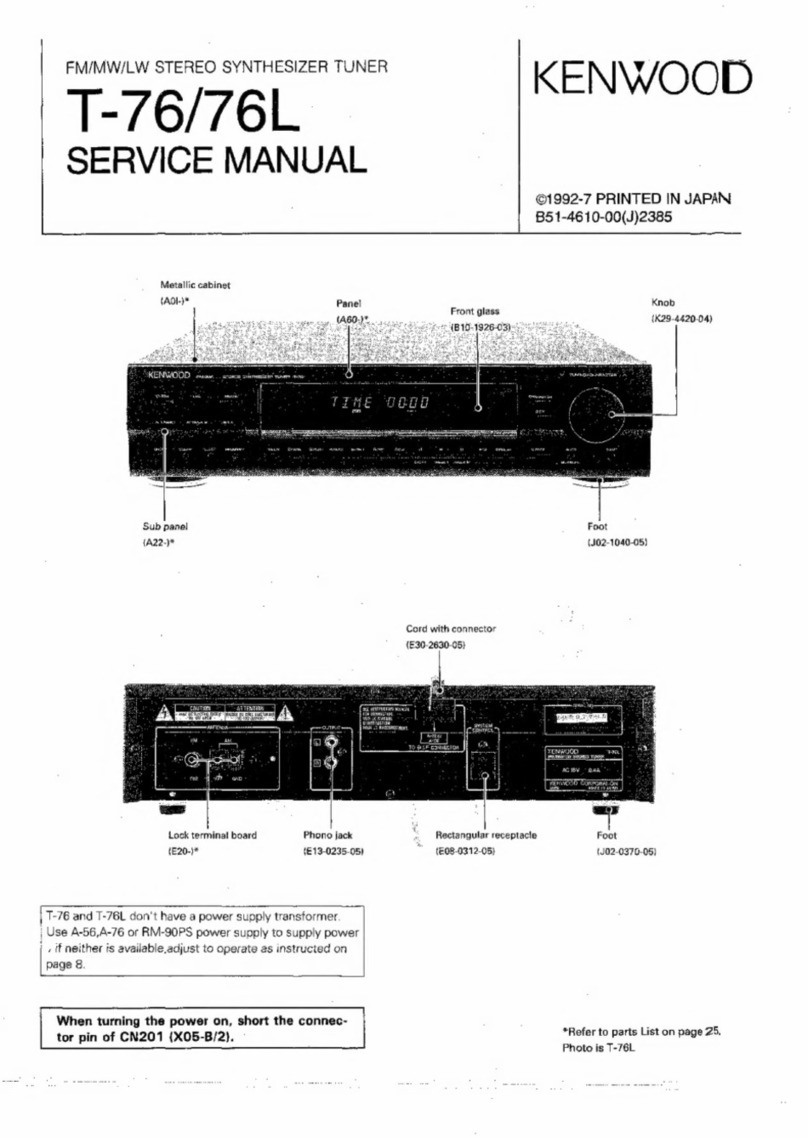
Kenwood
Kenwood T-76 User manual

Kenwood
Kenwood KT-660 User manual

Kenwood
Kenwood KT-1000 User manual
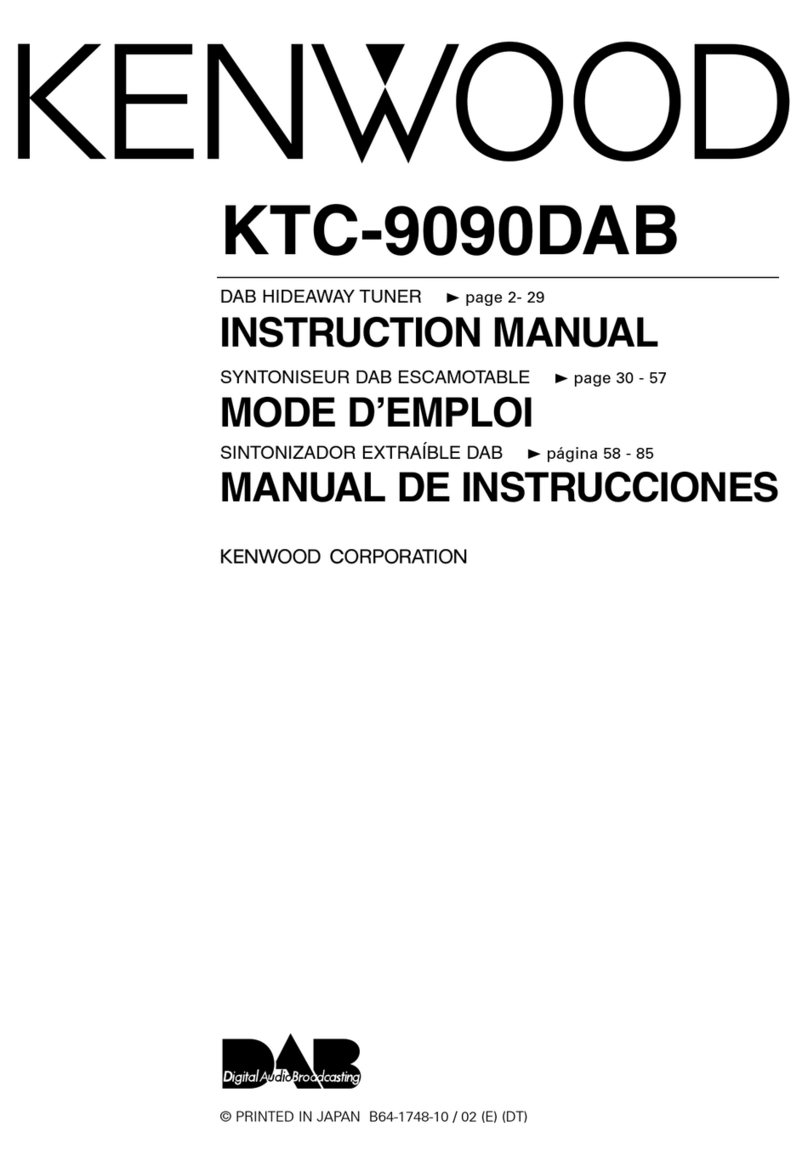
Kenwood
Kenwood KTC-9090DAB User manual

Kenwood
Kenwood KTC-HR100 User manual

Kenwood
Kenwood KT-595 User manual

Kenwood
Kenwood KTC-9090DAB User manual

Kenwood
Kenwood KT-413 User manual

Kenwood
Kenwood AT-50 User manual
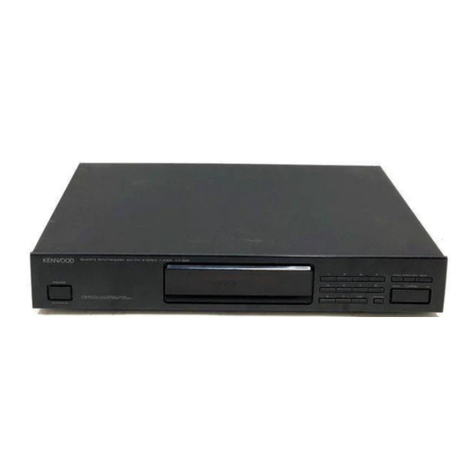
Kenwood
Kenwood KT-592 User manual

Kenwood
Kenwood KTC-SR901 - Digital Satellite Tuner User manual
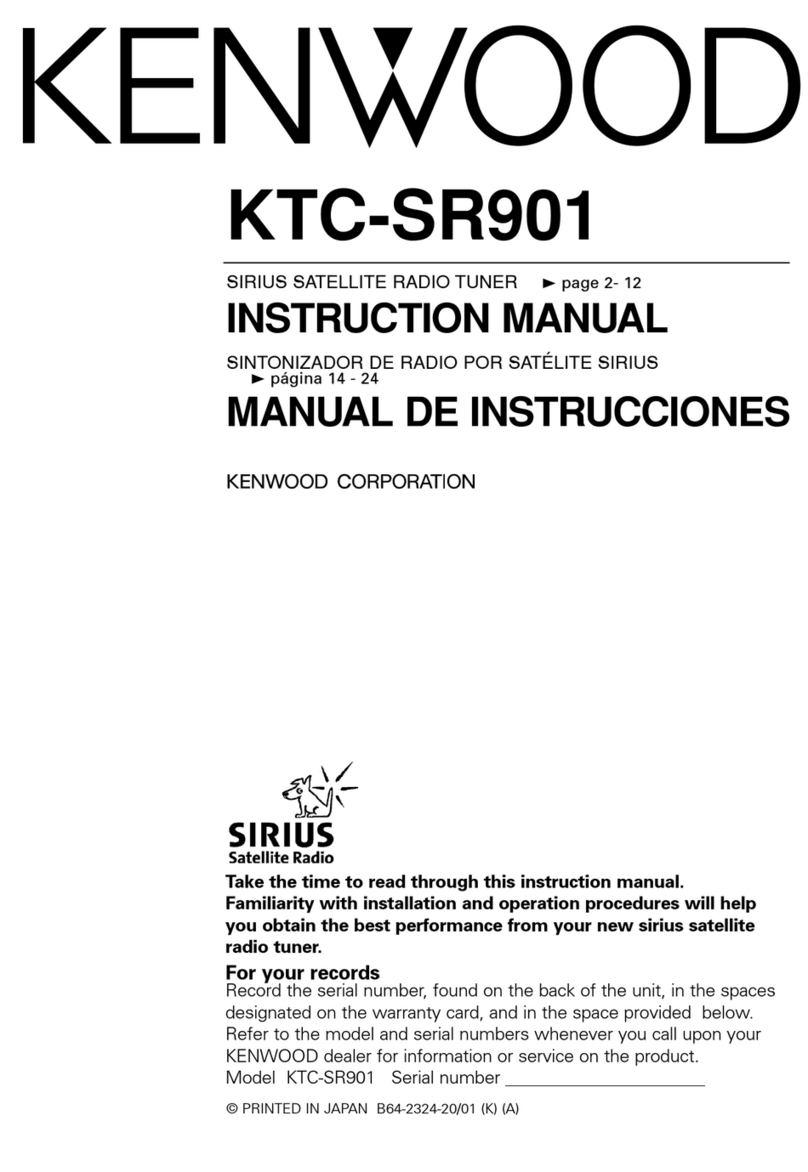
Kenwood
Kenwood KTC-SR901 - Digital Satellite Tuner User manual
Popular Tuner manuals by other brands

NAD
NAD C 445 owner's manual

Sony
Sony ST-SA5ES operating instructions

Pioneer
Pioneer GEX-P700DAB Operation manual

Sirius Satellite Radio
Sirius Satellite Radio SC-FM1 user guide

Antique Automobile Radio
Antique Automobile Radio 283501B Installation and operating instructions

Sanyo
Sanyo FMT M15L Service manual
